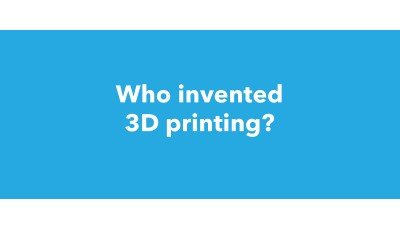Facts & News
RssReady, straight out of the box, Panospace ONE
Panospace 3D printer is one of the most efficient desktop 3D printers in the market considering both the printing speed and the print quality.
Smartphone 3D Printers OLO and ONO, what's the first?
ONO and OLO seem to be just the same item but advertised with different names. Invented by the co-founders of the italian firm Solido3D, Filippo Moroni and Pietro Gabriele, this little 3d printer will surely boost interest on 3D Printing around the world.
The first 3D printed object in space
The International Space Station’s 3D printer has manufactured the first 3D printed object in space, paving the way to future long-term space expeditions.
The inventor of 3D Printing
Charles Hull (Born: May 12, 1939, in Clifton, Colorado) is the inventor of stereolithography (Patent No. 4,575,330), the first commercial rapid prototyping technology commonly known as 3D printing. The earliest applications of 3D printing were in research and development labs and tool rooms, but today 3D printing applications are seemingly endless. The technology has been used to create anything from sports shoes, aircraft components, and artificial limbs to artwork, musical instruments, and clothing.
The earliest 3D printing technologies first became visible in the late 1980’s, at which time they were called Rapid Prototyping (RP) technologies. This is because the processes were originally conceived as a fast and more cost-effective method for creating prototypes for product development within industry.
The smarthphone 3D printer ONO prints 5.2 cm in just 2.5 hours
Yes, you read right! ONO can print the almost full height of the build volume in less than 3 hours and there’s a video to see it at work.
Who invented solar panels (photo-voltaic modules)?
Many physicists played a part in solar cell invention.
The main steps that led to the development of photovoltaic technology can be summarized as follows:











